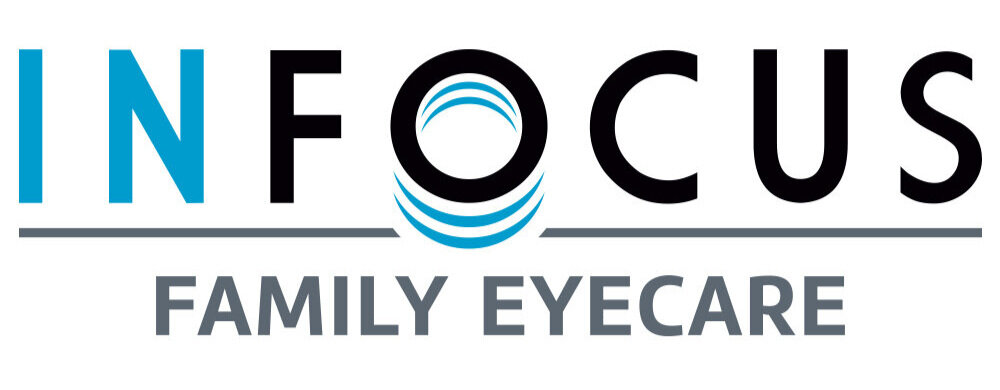Choosing the Perfect Lenses
The perfect glasses start with superior lens quality and proper lens selection. We are experts at choosing the best lenses based on your individual needs. There are so many variables to consider when choosing the best lens material for your glasses. We are proud to partner with independent optical labs so we can offer fair pricing for high quality products and service. Stop by to let us help you see the difference!
LENS MATERIALS
CR-39: Basic plastic provides a thicker lens with good optical properties but limited impact resistance.
Polycarbonate: Thinner, lighter, and superior impact resistance compared to CR-39. For many prescriptions this is a good choice, however, it does have poorer optical clarity compared to other materials. Superior impact resistance makes this a great choice for safety eyewear.
Trivex: This material provides much better optics than polycarbonate. Trivex is the lens of choice most prescriptions in our office because it offers the best mix of optical clarity, weight reduction, impact resistance, thinness, and 100% UV protection.
High Index: Thinner and lighter materials that give the best cosmetic appearance. Recommended for higher prescriptions to give lenses a more appealing look and increase comfort by decreasing lens weight.
lens coatings
Anti-Reflective: Multilayer coating protecting against glare, scratches, and smudges. AR makes your eyes more visible to others while stopping unwanted reflections. Most come with 1-2year no questions asked scratch warranties and protect against harmful UV rays.
Polarization: Limits the angle of reflections able to pass through your lenses, reducing glare, and making your eyes more comfortable during activities. Great for fishing, golfing, or any other outdoor activity requiring hyper-vigilent acuity.
Transitions: Darken when exposed to UV light. Great for those who frequently go from indoors to outdoors and do not want to carry a second pair of sunglasses. Increased blue light protection on standard lenses and soon be available as a mirror flash coating.
Lens categories
Single Vision: Standard lenses for the correction of myopia, hyperopia, and presbyopia.
Anti-Fatigue: Single vison lenses with aspheric designs which allow the eyes to relax when doing long periods of near work leading to less eye strain. Many have blue light protection properties included in the design.
Bifocal: Lens designs with two fixed focal lengths, often used for seeing distance and near. This lens does not account for the mid-length viewing such as computers.
Progressive: Lenses which progressively change from distance to near as you look from the top to the bottom of the lens. These allow the greatest in flexibility for crisp clear vision at all focal lengths.




